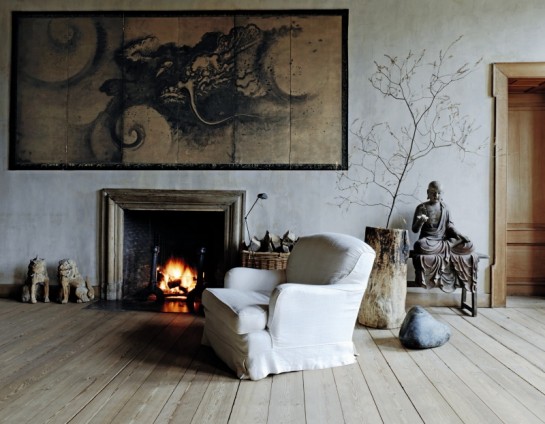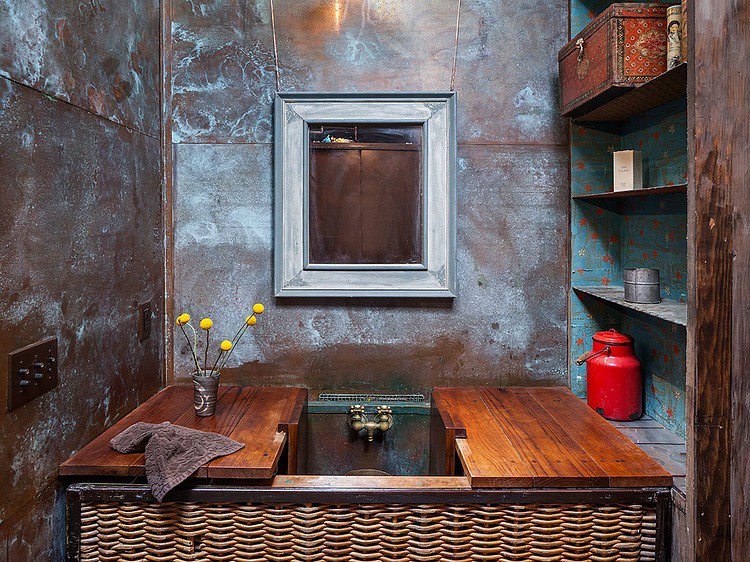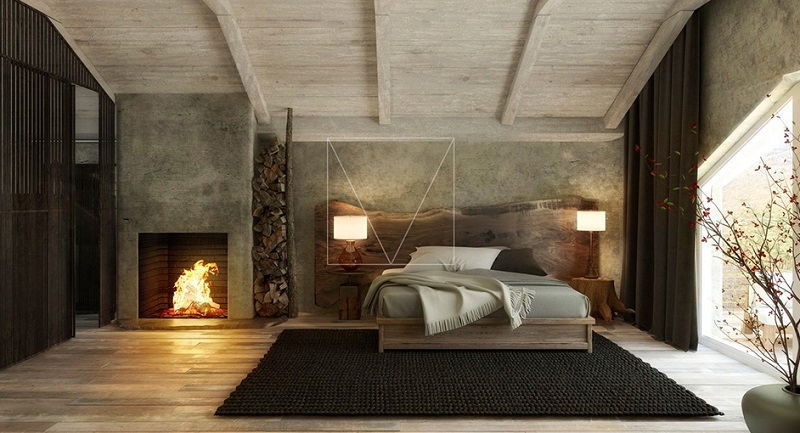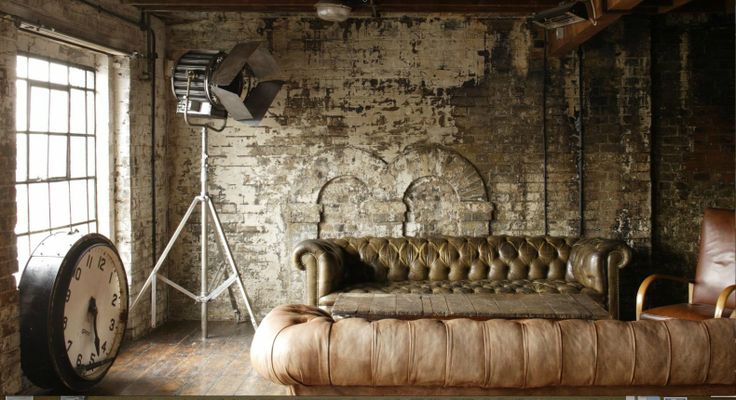Wabi-Sabi: The Hot Japanese Decor Trend that Celebrates Imperfection
Good news for people who stress out over redoing their homes every year to keep up with interior design trends: you get to relax in 2018! You don’t necessarily get the year off, but wabi-sabi is definitely one of the wildest decor crazes since the geometric design and fluorescent DayGlo fads of the 1960s.
The Birth of Wabi-Sabi

Around the 14th century, Japanese decor was very similar to the haute couture of the day: gaudy, garish, ornate, and precise. Rooms and people alike were draped in layers of silk and satin and meticulously bedazzled with gold, gems, rare stones, and other baubles. But since only a small number of people could afford that kind of luxury, the wabi-sabi philosophy emerged and quickly began to influence all of the country’s aesthetic trends.
Wabi-Sabi Primer
You’ve surely heard of newer expressions like “get real” and “own it.” In the olden days, a common Shakespearean phrase had the same meaning: “To thine own self be true.” Wabi-sabi embraces this tenet above all others.

Wabi-sabi is all about practicing authenticity in life. When applied to something like decor, its focus is on celebrating imperfection instead of trying to improve it. Rather than replacing a torn couch cushion, for instance, you might consider repairing it using a visible stitch or by slapping a patch over the tear. Learning to find the positive in all objects and rely mainly on natural materials is key to the wabi-sabi decorating attitude.
Wabi-Sabi Shopping

Instead of perusing high-end furniture stores online or hiring your favorite decorator to shop for you, shopping at swap meets, garage sales, second-hand stores, curio shops, and craft shows is now encouraged. What better way to embrace wabi-sabi decorating than to use pre-owned objects with colorful pasts to give your home a down-to-earth ambiance? And don’t forget to keep it simple. Ostentatious objects don’t belong in a wabi-sabi home or office.
Wabi-Sabi Friendly Furnishings

Earth tones are highly encouraged here, but wabi-sabi approved accents often include a few bright, vibrant colors, too. Oversized vases in hues of red, blue, and yellow are perfect as long as they display a couple of imperfections like visible chips or cracks. All the pottery found in the “Seconds” section of your local craft store should meet wabi-sabi standards. Unfinished wood and unpolished metal accents are also perfect, as are any objects made from brick or unpainted concrete. Choose natural fiber materials like canvas or burlap for window coverings and tablecloths. When it comes to wabi-sabi flooring, simply woven cotton or hemp rugs will always trump carpeting or laminate floors. Wabi-sabi fashion has also been known to pair well with unfinished hardwood floors.
Setting the Stage
Once you’ve gathered your wabi-sabi-inspired furniture and accessories, it’s time to perfect the setting. Forget about finishing that drywall in the kitchen to give the place an unpretentious work-in-progress look. Never got around to finishing that deck? No problem, if you adhere to the wabi-sabi style guidelines. Instead of arranging books and knickknacks in creative ways, consider placing just one book on a table to make it the focus of the room and arranging a sparse assortment of trinkets on high narrow shelves to draw people’s attention upwards.

A word of warning: If you go full wabi-sabi, your friends and family may think you’ve just gotten lazy and lost your sense of style. But once you explain the philosophy behind your choices to them, they’ll eventually start to embrace the new aesthetic. Who knows, they may even follow suit!




